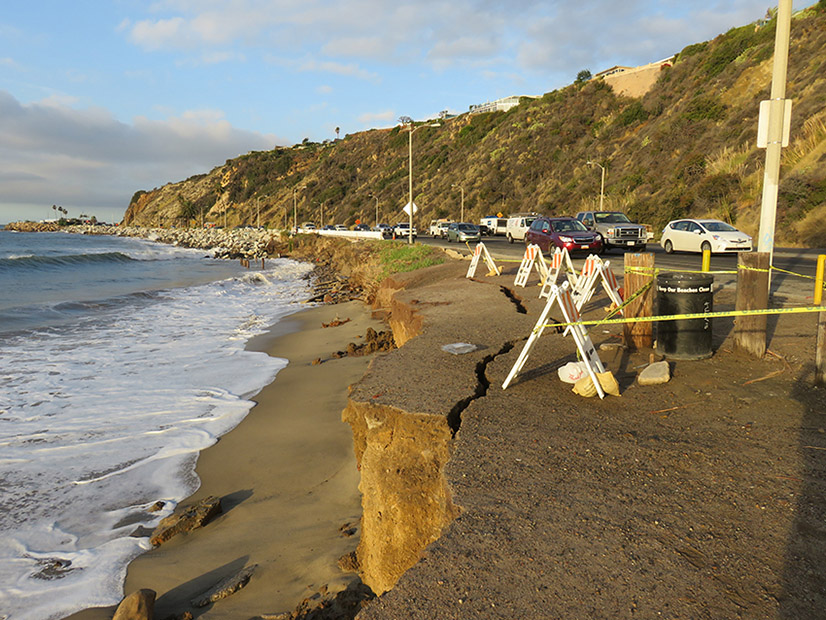
The type of extreme sea levels previously expected to occur roughly once every 100 years could happen annually by 2100 due to global warming, a study by the Pacific Northwest National Laboratory and several other institutes has concluded.
The results were published last month in the journal Nature Climate Change.
The PNNL-led study reached the same conclusion as a 2019 Intergovernmental Panel on Climate Change report. However, the 2021 report studied significantly more seaside locations than the 2019 study, said Claudia Tebaldi, a PNNL staff scientist who coordinated the writing of the 2021 report. Tebaldi works at the Joint Global Change Research Institute, a partnership between PNNL and the University of Maryland.
“Our [2021] results are stronger,” Tebaldi told NetZero Insider.
The 2021 study looked at scenarios of the Earth’s average temperatures increasing from preindustrial averages by 1 degree through 5 degrees Celsius by 2100. So far, average temperatures are 1 degree above preindustrial levels. There is significant scientific speculation that the averages could increase by 1.5 to 2 degrees by 2100.
“We know we’re going to hit 1.5 already,” Tebaldi said.
The 2021 study looked at 7,283 shoreline locations around the world. Its computer modeling concluded that extreme spikes in seas levels that would have been predicted to occur every 100 years would likely take place annually in about half of the locations by 2100.
Fluctuations in sea levels are tied to melting polar ice, currents and tides. Colder water coming from melted polar ice has ripple effects on currents, Tebaldi said.
The annual sea level extremes are more likely to occur in the Northern Hemisphere’s lower latitudes, she said. The most likely affected areas will be the Southern Hemisphere, the Mediterranean Sea, the Arabian Peninsula, the southern half of North America’s Pacific coast, Hawaii, the Caribbean, the Philippines and Indonesia.
“At vulnerable locations, high [extreme sea levels] can constitute severe hazards, causing extensive damages to both human settlements and coastal ecosystems when natural and engineered defenses are overtopped or breached,” the study said.
Tebaldi said the next research step will likely include numerous scientific ventures examining the individual spots facing an increased likelihood of rising sea levels, determining each area’s vulnerabilities and preparing local communities to deal with the changes.
Meanwhile, the rising sea levels and changed currents will likely affect the direction and frequency of storms in these areas, she said, adding that future studies also need to address the potential changes in storms.
